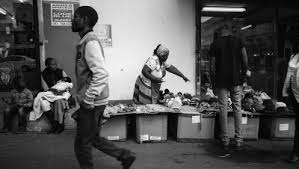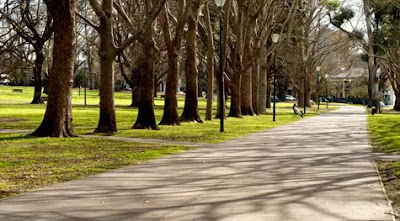IMPORTANT: There will be a new assignment on Thursday, which is due by the end of class on Friday. For those of you who are attending the music trip on Thursday, you have an extension until Friday midnight. In addition, if you are on the current list of those participating in the Albany field trip on Tuesday, April 24, you work must be submitted by the end of class on Friday, with the exception of those who receive extended time or are on this Thursday's trip. Again, you will have until midnight Friday. I will let Ms. Aspenleiter know on Saturday.
Learning Target I can analyze a complex set of ideas or sequence of events and explain how specific individuals, ideas, or events interact and develop over the course of the text.
Photographers use their cameras as tools of exploration, passports to inner sanctums, instruments for change. Robert Draper, National Geographic Photographer.
In class for Tuesday / Wednesday: Identifying three essential types of camera shots and learning to see.
Assignment: begin by carefully reading the definition behind the three basic types of shots: close up, medium or establishing/ long shot.
Look carefully at the exemplars.
When you are comfortable with understanding the differences among the three, please go to the following link from Time magazine's photojournalism shots for 2017, where you will find a collection of 49 shots.
Open a word document.
As you review the image, number, identify the photographer, identify the type of shot the photojournalist used and write one poignant feature of the image. This may be an aspect of setting, lighting, pattern, symmetry, texture, depth of field, rule of thirds, phi grid and lines. Take your time. This is due at the close of class on Wednesday.
Close ups:
A close-up or closeup is a type of shot, which tightly frames a person or an object.
Close up tip:
Go to any spot of nature, such as a garden, an empty lot or a park, and arbitrarily pick a small area (20x20 feet is good). Then spend an hour there finding close-ups.
Medium Shot: The medium shot is a general, all-purpose shot. It allows the viewer to pick up on movements and gestures. Body language is important to conveying emotion, and the medium shot remains close enough to capture that emotion. The subject is in the middle distance, permitting some of the background to be seen.
Establishing Shot: a shot to orient the viewer and establish a sense of place. They are way to establish mood and viewpoints.
Time Best Photojournalism images

































No comments:
Post a Comment